Spot
by David Wiesner

Spot (HMH 2015) is based on a concept that I have been exploring since I was a student at the Rhode Island School of Design. It is the idea of worlds within worlds that a reader can move into and out of through vertical transitions – going deeper and deeper into an image to reveal all the layers it contains.
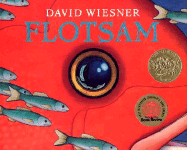 In the mid-1990s I was working on a book based on this idea, also called Spot, but I put it aside because I was not happy with the storyline. I eventually used a variation of this worlds-within-worlds scenario in my book Flotsam (HMH 2006), in the sequence moving deeper and deeper into the photographs.
In the mid-1990s I was working on a book based on this idea, also called Spot, but I put it aside because I was not happy with the storyline. I eventually used a variation of this worlds-within-worlds scenario in my book Flotsam (HMH 2006), in the sequence moving deeper and deeper into the photographs.
When I first saw an iPad – and discovered that I could make something larger by pinching a section of a screen image – I realized I could use that function to explore my Spot idea further.
When I looked around, I found that most of the apps filling up tablets were book-based or game-based, and even the book ones tended to have games in them. I knew I wanted to make something that was all narrative without a gaming aspect. It was crucial that nothing interrupt the narrative flow. I wanted to create an app where everything that happens advances the narrative in some way.
I’m working with a loose definition of the word “narrative,” but it is consistent with how I make my books—using images rather than words to set up characters, situations, and environments. Each of the worlds in the app is its own little set of stories, containing images that suggest relationships and interactions rather than presenting definitive storylines.
Viewers will infer the stories from what they see. Each location and character grouping has its own narrative. But how do they all relate to each other? What happens before and after we see them? The characters from each world can – and do – visit the other worlds. What happens when, say, a robot travels underwater? Or when a cat visits a fish world or fish visits a cat world? There are many narrative threads that can be explored, with a unique outcome depending on viewers’ response to what they see.
While there are five explorable worlds, there are also other worlds that can be glimpsed. The octopus-like space creatures appear several times. We cannot go to their world, though we can see a bit of that world in one of the photographs the little robot has taken.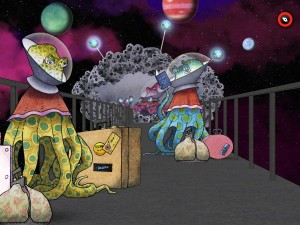
Another of that robot’s photos shows a world in the sky populated by birds – chickadees, to be exact. That’s all we see; the viewer has to decide what it is like.
The bugs are a mystery. What exactly is their role in this universe? All the worlds are contained in the spot on the back of one of those bugs. They appear only in the transitions between the worlds, yet the logo of SPOT INC. shows up in every world. They might be involved in commerce in some way – hints of that are scattered throughout. Are the inhabitants of the worlds aware of the bugs? If you look closely at the newspaper photograph that is one of the transitional portals, you’ll see what appears to be a sighting of a bug in a place where it should not be seen.
And there is a robot with a camera built into its head that takes many pictures. What do these photos show? Where were they taken? Who is in them? What do they tell the viewer?
Like my books, the app poses a series of tantalizing narrative questions that will prompt users to extend the stories on their own. They might do this alone, with a friend, or in a group. There is no scoring of points, no “correct” answer, and no one wins or loses.
The possibilities are endless.
Resources about David Wiesner’s Spot![]()
Visit http://bitu.com/spot/ to download the app.
Watch the Behind the Scenes.
Download the Educator Guide.
Download the Parent Guide.
Learn how to pronounce David Wiesner.
See all available resources about David Wiesner and his books.
Text and images are courtesy of David Wiesner and Houghton Mifflin Harcourt and may not be reproduced without express written consent.


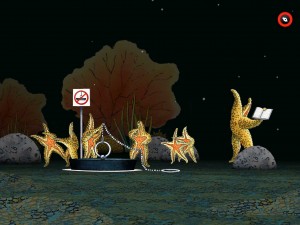
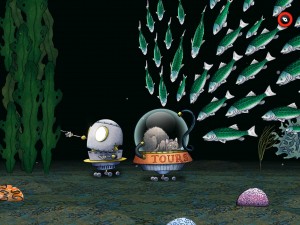
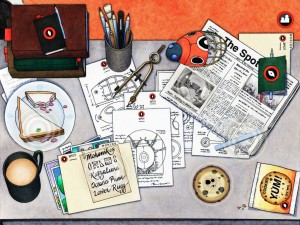
Leave a Reply